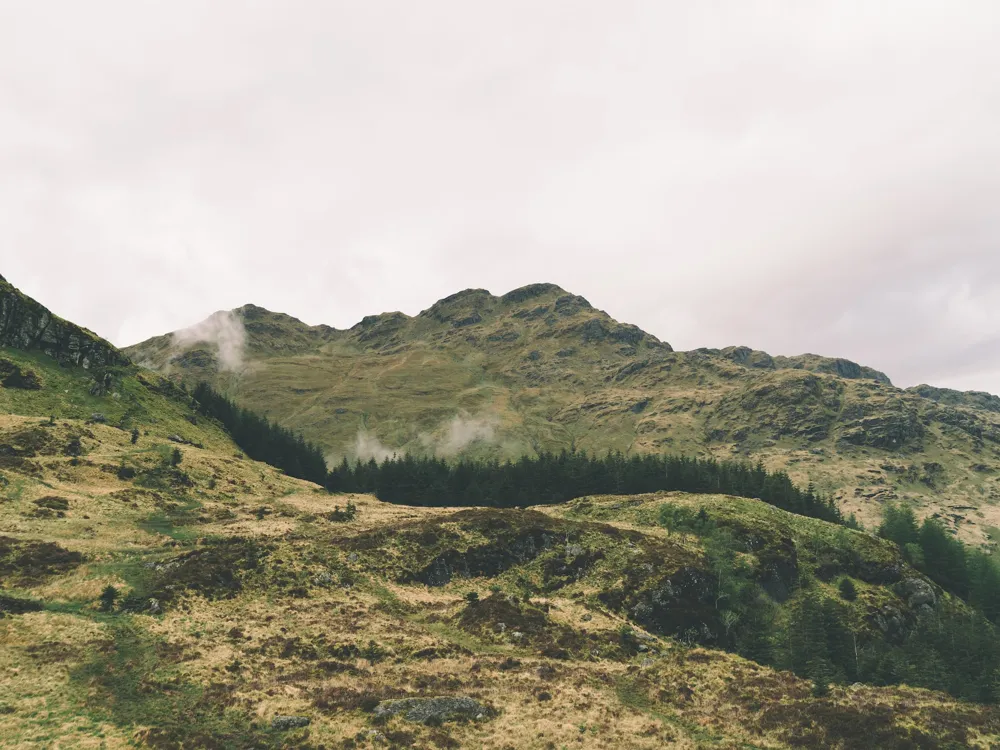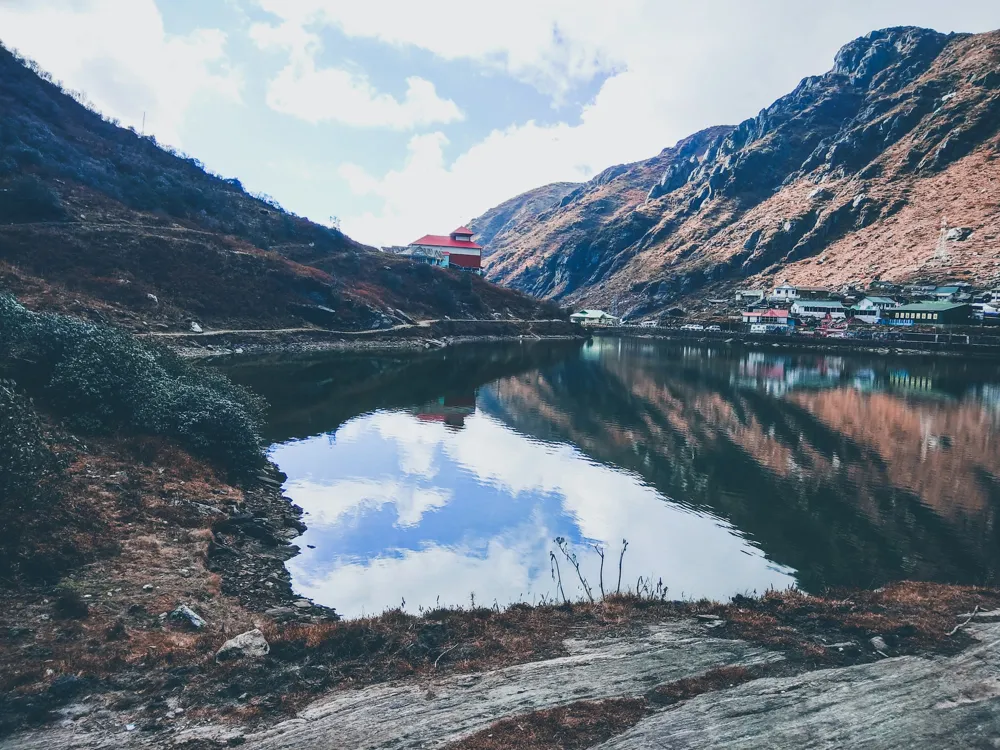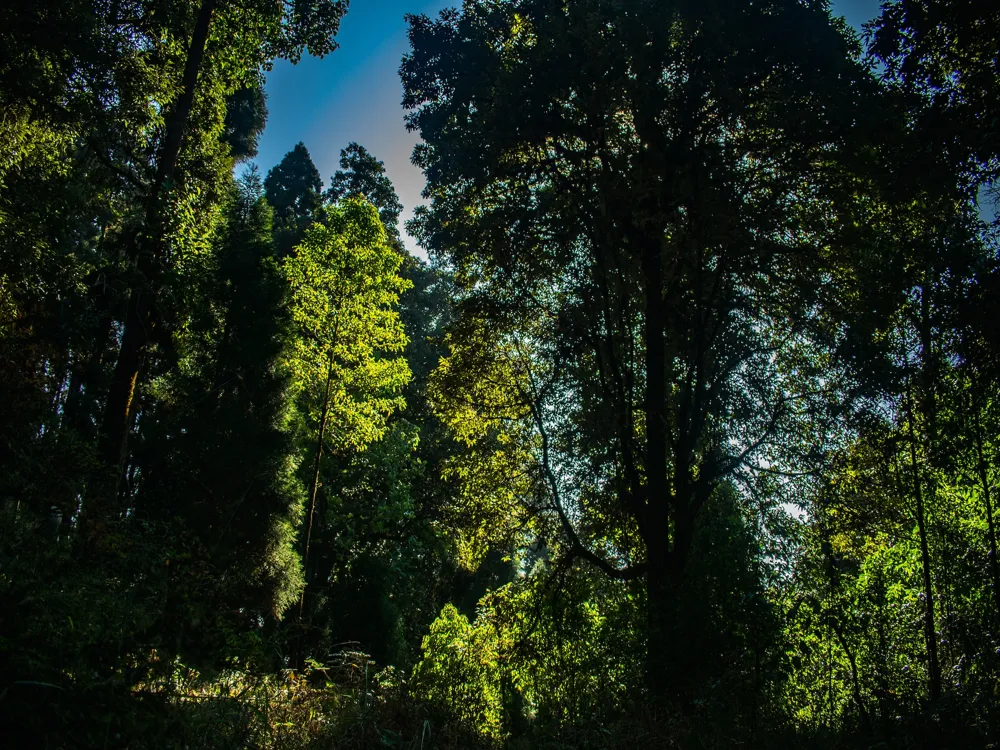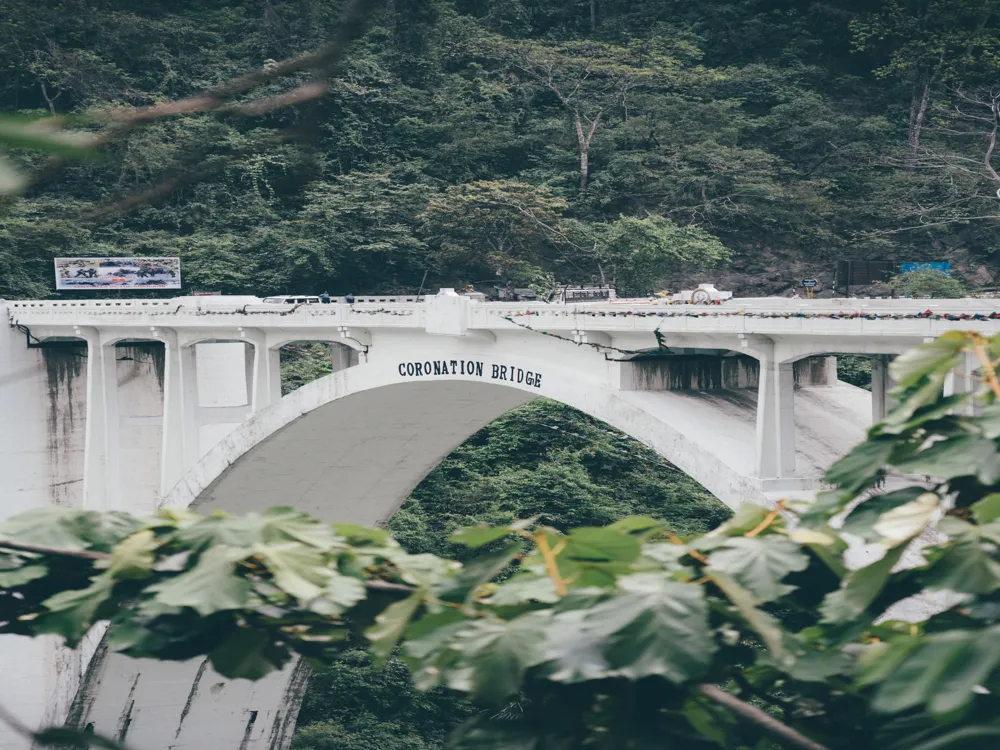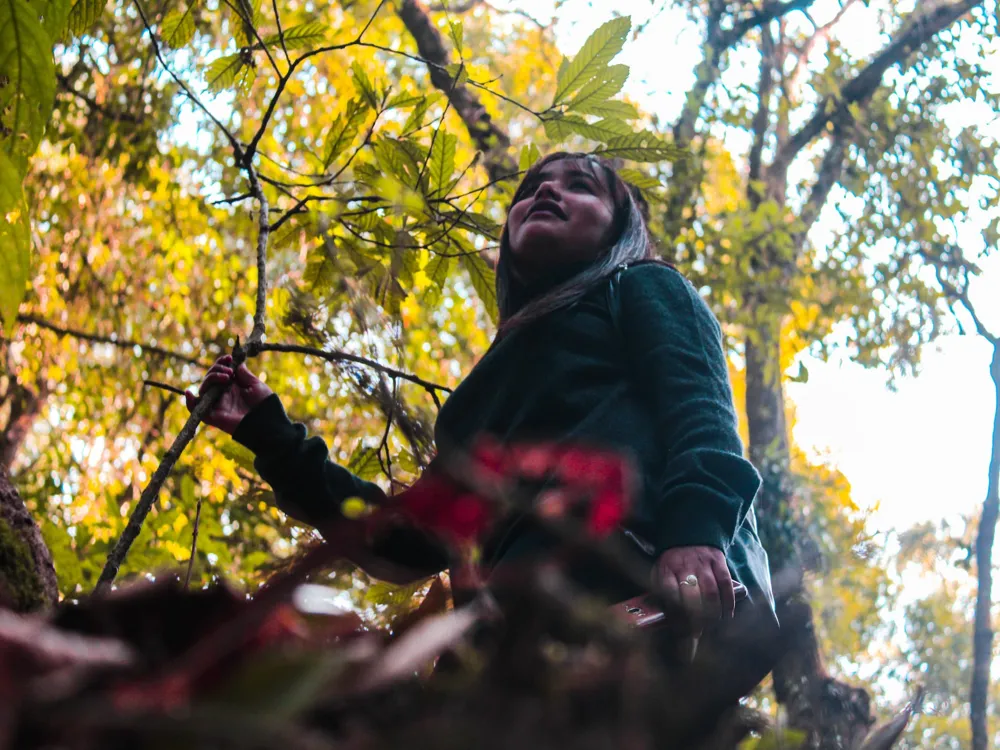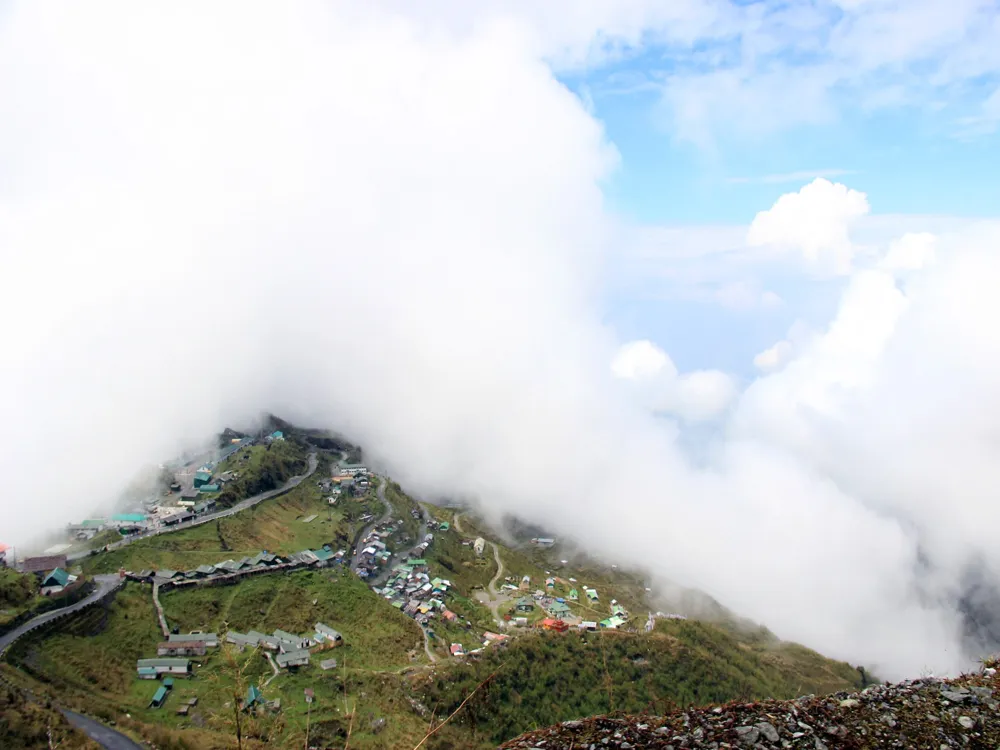Nestled in the heart of the serene town of Kalimpong in West Bengal, the Nature Interpretation Centre stands as a testament to the region's rich biodiversity and cultural heritage. This Centre, established by the Forest Department, offers a unique window into the ecological and environmental aspects of the Eastern Himalayas. Visitors are greeted by a plethora of exhibits that eloquently narrate the story of the region's flora, fauna, and geographical features. The Centre is not just an educational hub but also a haven for nature enthusiasts and researchers. With its well-documented displays and informative sessions, it plays a crucial role in raising awareness about environmental conservation. The Centre's commitment to educating the public about the importance of ecological balance and sustainable living makes it a must-visit destination for anyone interested in understanding the intricate workings of nature. The architecture of the Nature Interpretation Centre in Kalimpong is a harmonious blend of traditional and modern design elements. Reflecting the ethos of its surroundings, the building is constructed using locally sourced materials, which not only reduces the environmental footprint but also adds to the aesthetic appeal. The structure is designed to complement the natural landscape, ensuring minimal disturbance to the existing ecosystem. The use of large windows and open spaces within the Centre allows for ample natural light, reducing the reliance on artificial lighting and emphasizing the Centre's commitment to environmental sustainability. The layout is thoughtfully planned to facilitate easy movement for visitors, ensuring that each exhibit and section is accessible to all. The architecture, in essence, is a reflection of the Centre's mission to create harmony between humans and nature. The ideal time to visit the Nature Interpretation Centre is between March to June and September to December, when the weather in Kalimpong is pleasant, making it conducive for exploring the exhibits and engaging in outdoor activities. Visitors should carry essentials like water bottles, comfortable walking shoes, a camera, and a notepad for jotting down interesting information. It's also advisable to carry light snacks, although littering inside the Centre is strictly prohibited. While photography is allowed in most areas of the Centre, it's important to respect the no-photography zones, if any, to protect the privacy of certain exhibits or sensitive information. The Nature Interpretation Centre is easily accessible by various means of transport. For those travelling by air, the nearest airport is Bagdogra, from where one can hire a taxi or take a bus to Kalimpong. For visitors preferring rail, the nearest railway station is New Jalpaiguri, which is well-connected to major cities. Local taxis and buses are available from the station to Kalimpong. Once in Kalimpong, the Centre is a short drive or walk from the main town area, with signboards guiding the way. Read More: Overview of Nature Interpretation Centre, Kalimpong
Architecture of Nature Interpretation Centre, Kalimpong
Tips When Visiting Nature Interpretation Centre, Kalimpong
Best Time to Visit
What to Bring
Photography Guidelines
How To Reach Nature Interpretation Centre, Kalimpong
Nature Interpretation Centre, Kalimpong
Kalimpong
West Bengal
₹ 9,500 onwards
View kalimpong Packages
Kalimpong Travel Packages
View All Packages For Kalimpong
Top Hotel Collections for Kalimpong

Private Pool

Luxury Hotels

5-Star Hotels

Pet Friendly
Top Hotels Near Kalimpong
Other Top Ranking Places In Kalimpong
View All Places To Visit In kalimpong
View kalimpong Packages
Kalimpong Travel Packages
View All Packages For Kalimpong
Top Hotel Collections for Kalimpong

Private Pool

Luxury Hotels

5-Star Hotels

Pet Friendly







